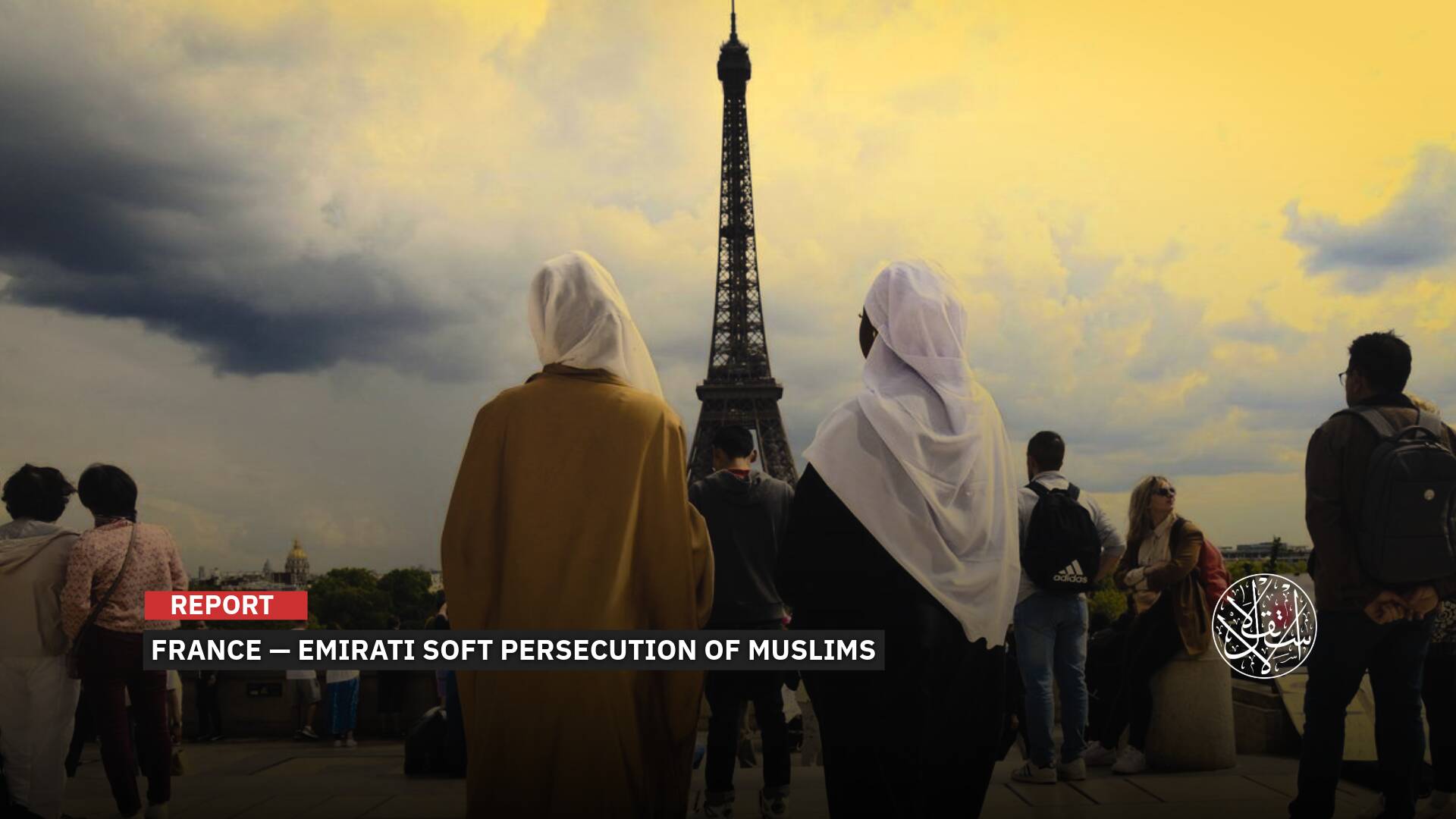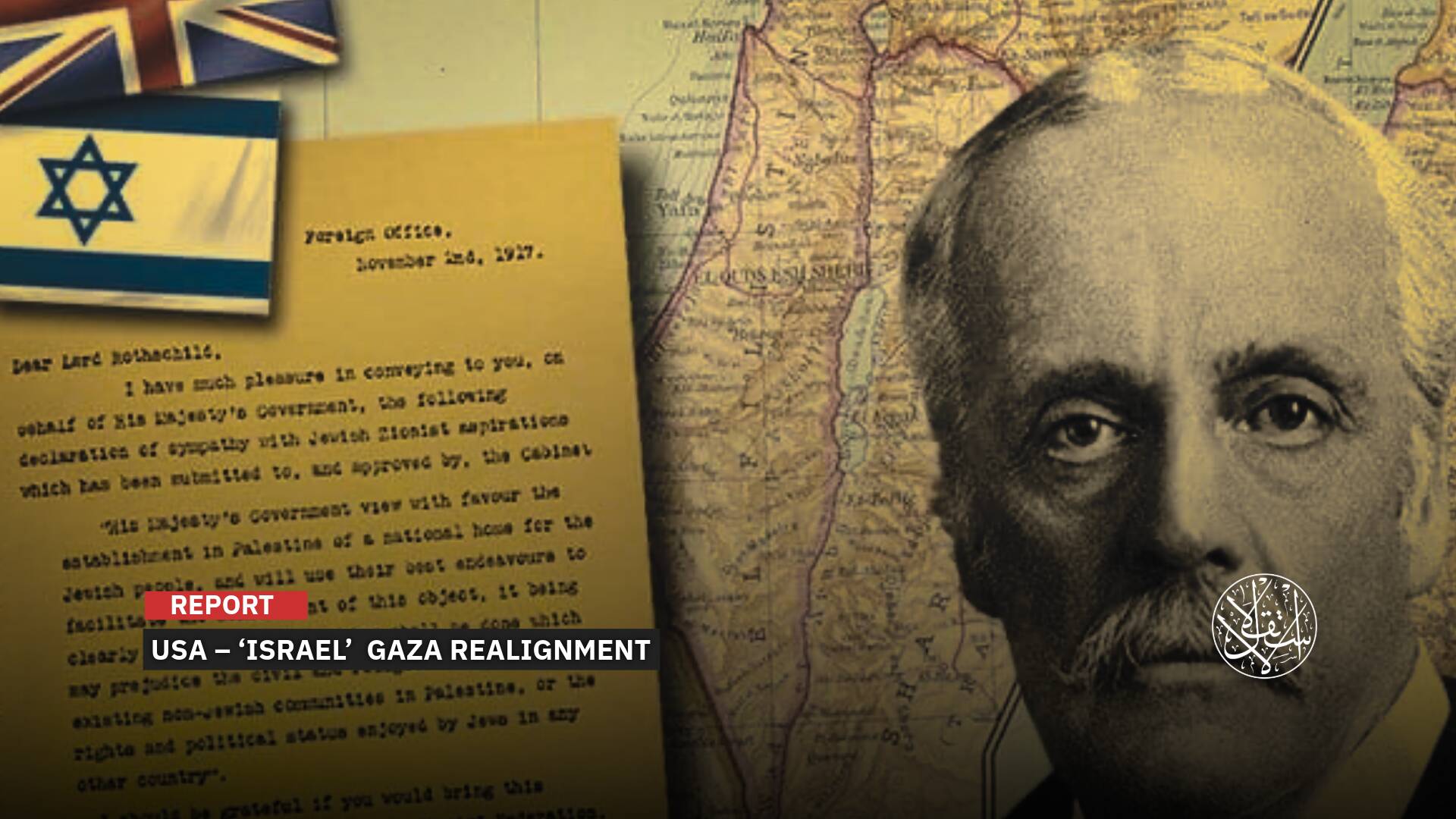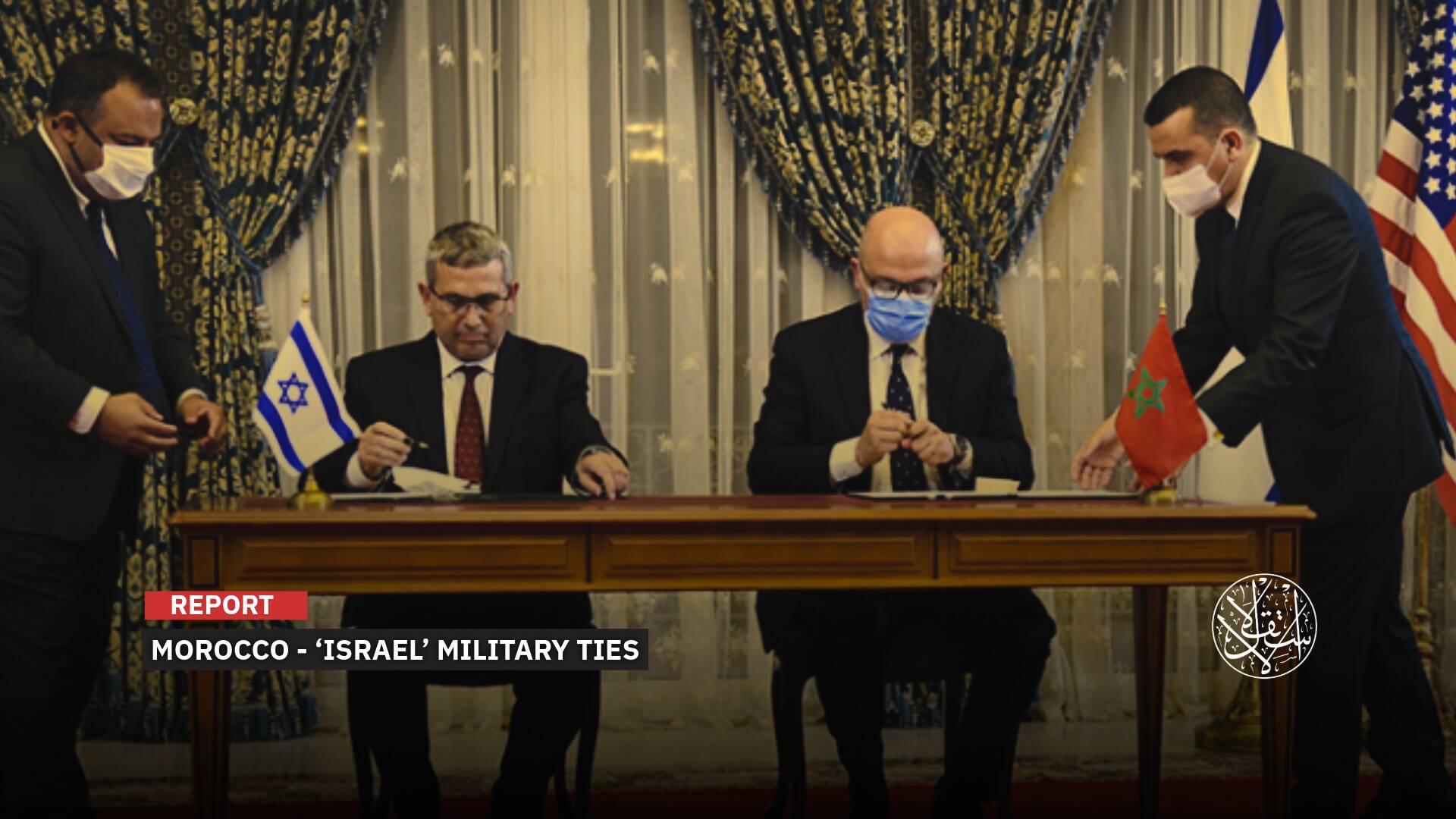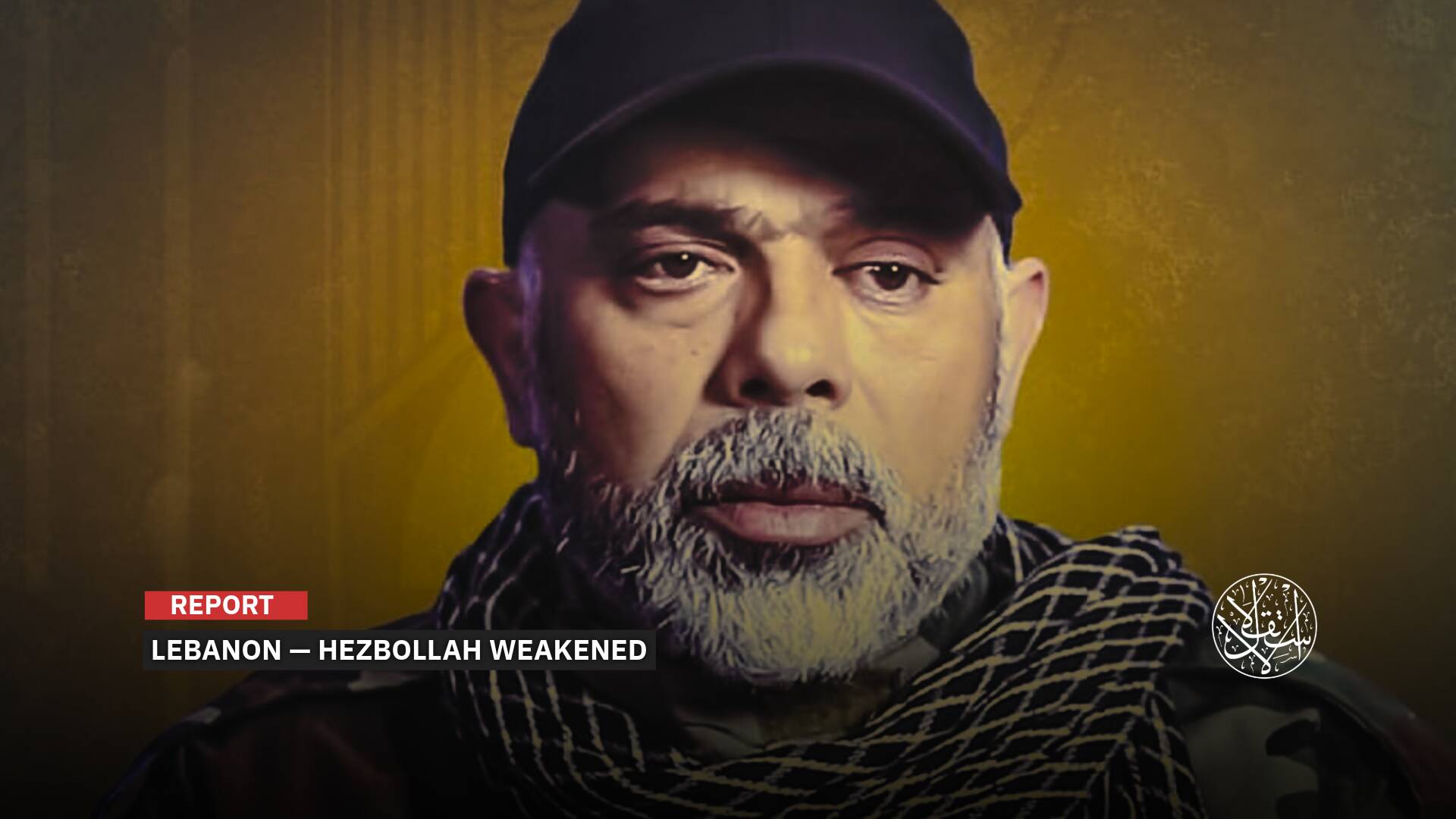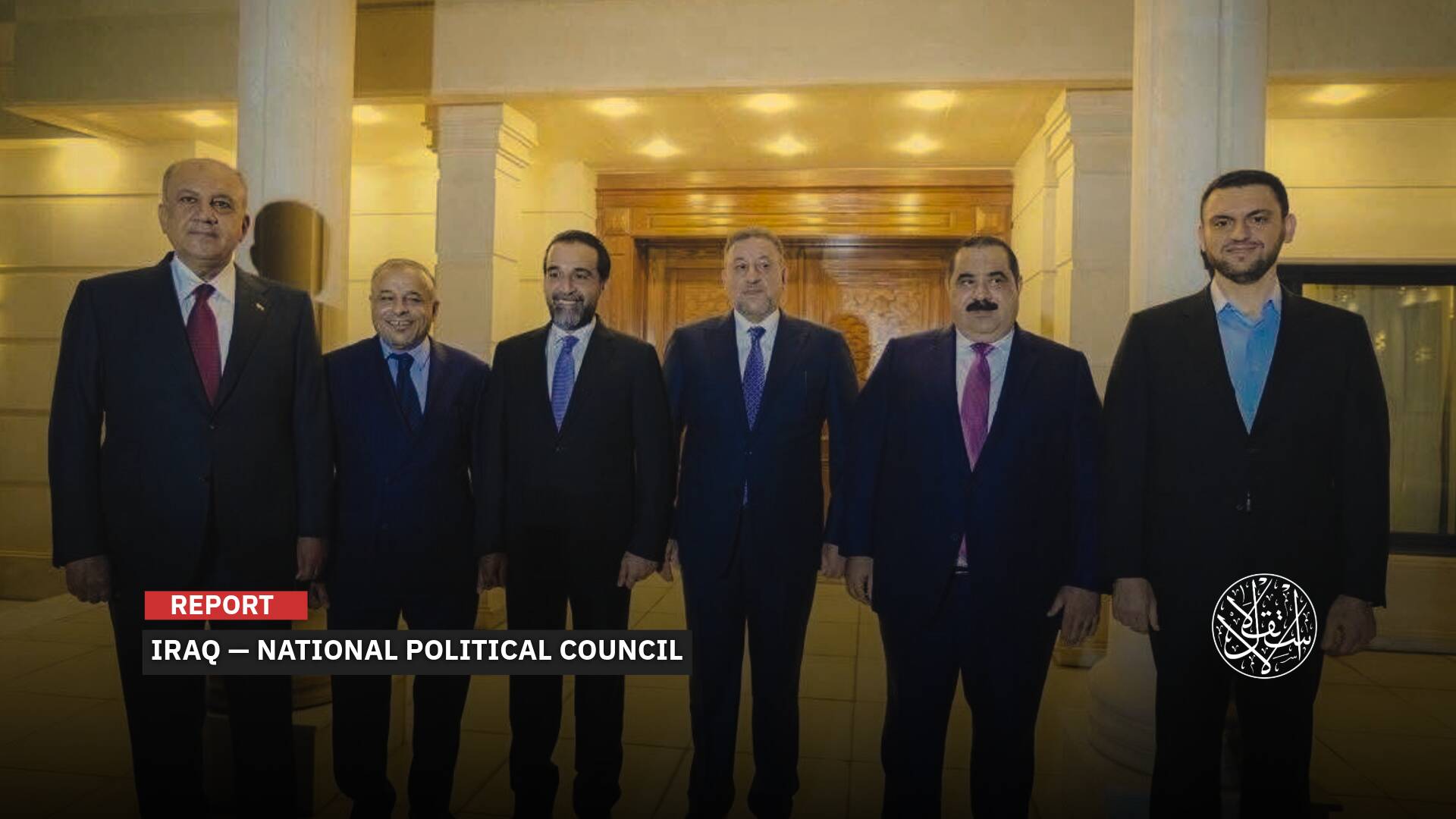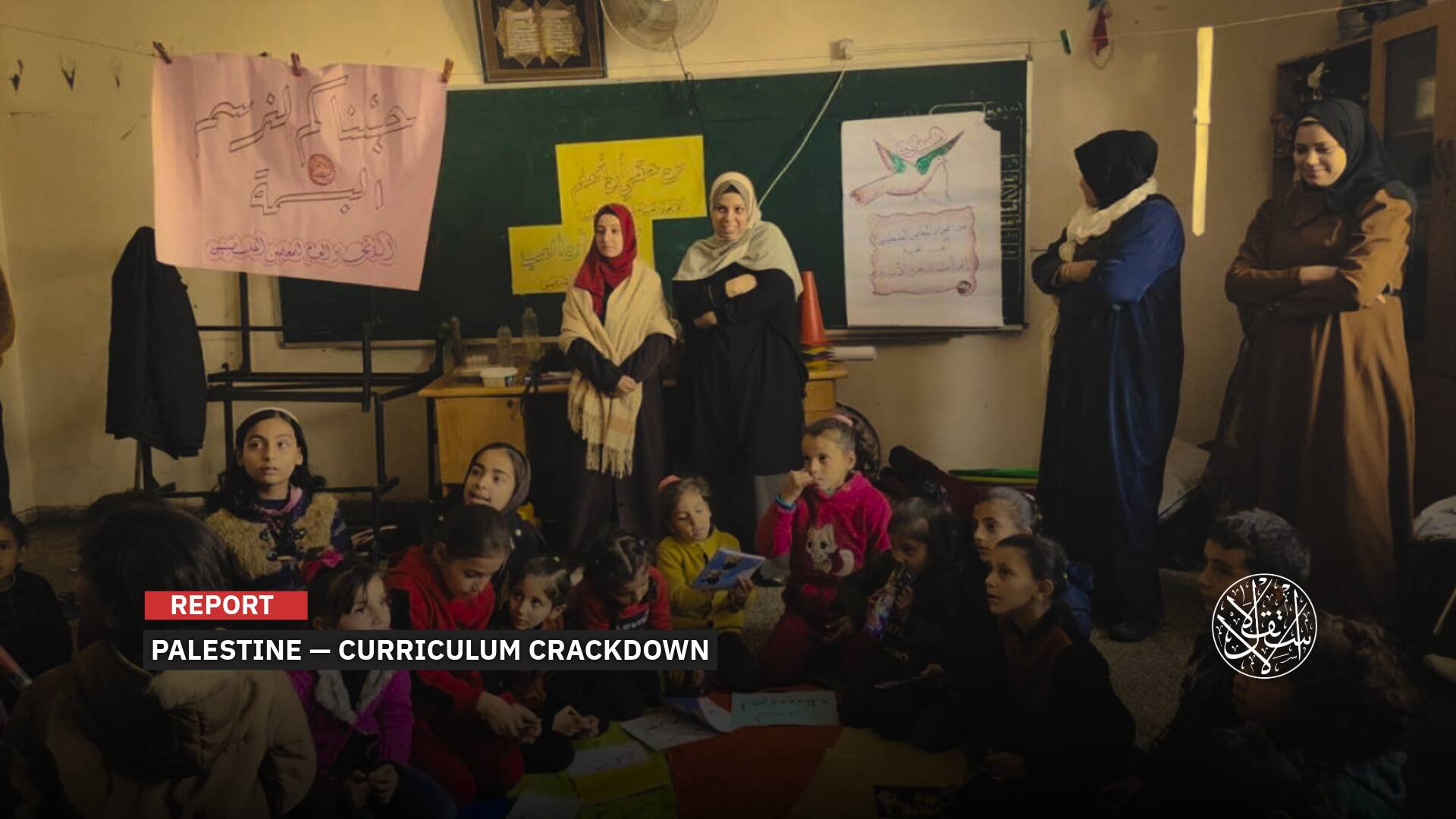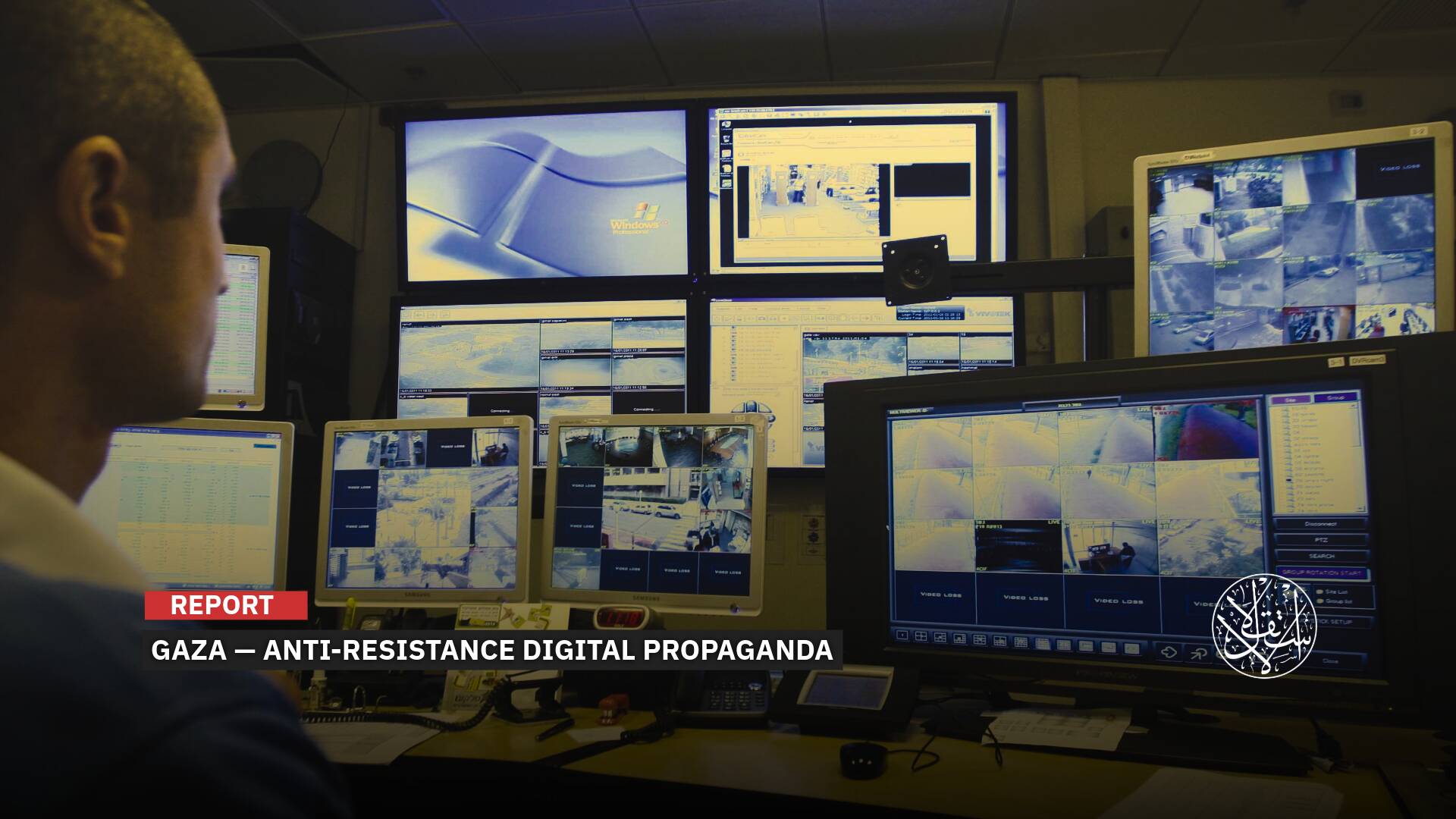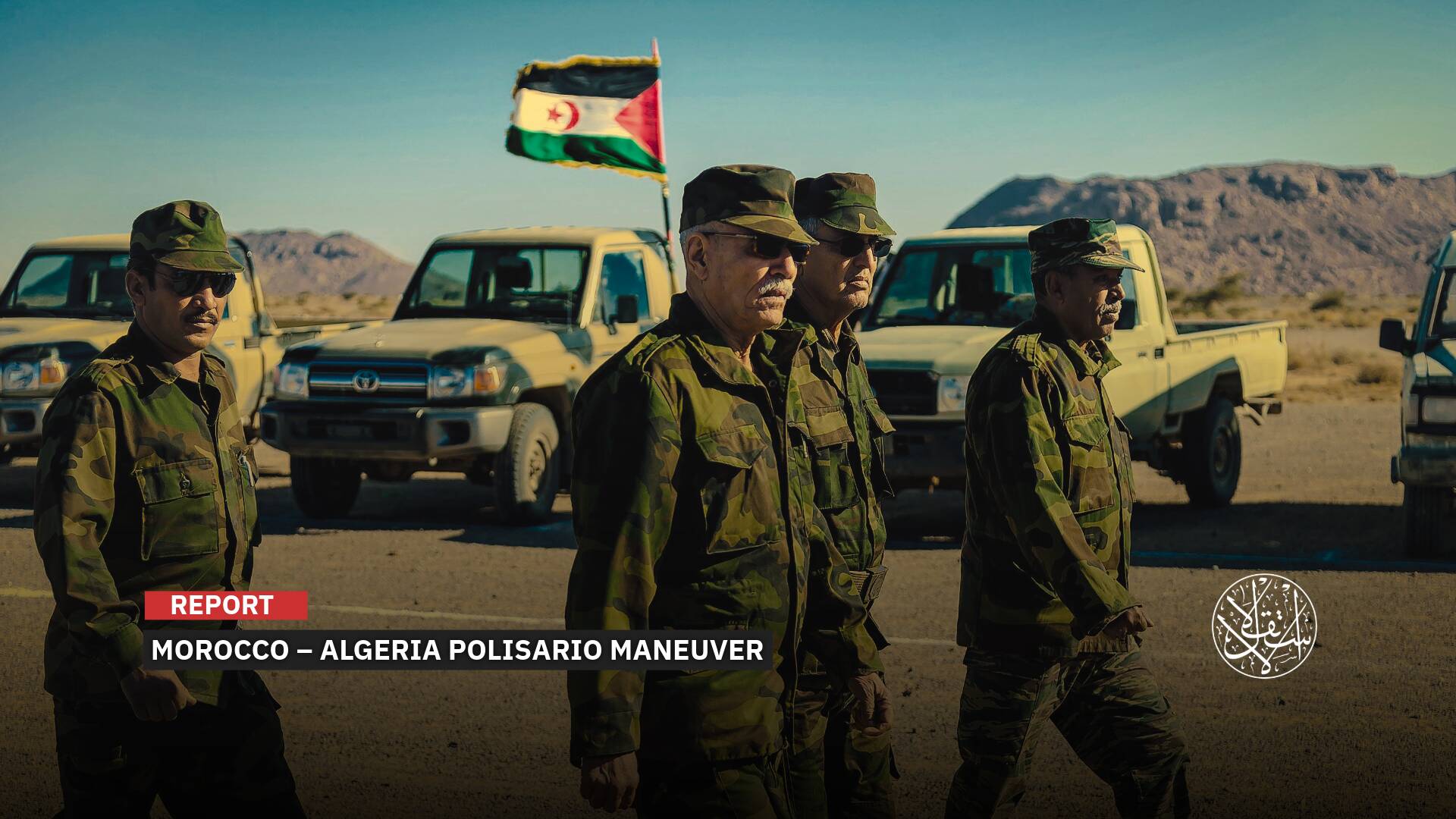With Russian Assistance: How Iran is ‘Advancing’ its Space Program Under Western Scrutiny

“We are consulting with Russia about sending humans into space.”
Iran intensifies its practical steps to develop its space sector with the help of Russia, amid Western accusations that Tehran plans to use this technology for military purposes.
While cooperation between Moscow and Tehran in the space field strengthens their relations and achieves short-term goals, it unfolds amid escalating tensions between both countries and the Western nations.
The sudden progress made by Iran in its space program raises concerns in the West, making it clear that Tehran is receiving significant assistance from Russia, according to Intelligence Online in early July 2024.
Iran and Space
In this context, Hassan Salarieh, head of the Iranian Space Agency, announced on June 15, 2024, that "Iran will become a launch center for space within the next ten years."
The Supreme Council of Cyberspace had previously adopted a ten-year space program on January 7, 2023, aiming to transform the country into the leading regional power in space technology and satellite launches over the next decade.
Minister of Information and Communications Technology of Iran, Issa Zarepour, announced on June 6, 2024, that the country is building the largest space center in the West Asia region in the coastal city of Chabahar, southeastern Iran, to be operational by early February 2025.
The planned space facility, intended to meet Iran's satellite launch needs, will enhance the country's cooperation with international partners and increase its revenues, according to the Iranian minister.
Imam Khomeini Space Center in northern Semnan province, Iran's first permanent launch site, has played a pivotal role in Tehran's space endeavors since its inauguration in 2017.
The center encompasses all stages of space missions, from satellite preparation to launch, control, and guidance, effectively meeting Iran's low Earth orbit requirements during its final phase.
Iran has faced numerous failures in its space experiments, with only a few successful launches, and aims to send an Iranian astronaut into space.
In 2019, an explosion destroyed a rocket and launch platform at the Semnan Space Center, located about 200 kilometers east of Tehran.
Most of Iran's space projects rely on locally modified Russian or North Korean rockets.
The Iranian Space Agency's traditional activities have seen several setbacks with the Safir launch platforms used between 2008 and 2019 and the new Simorgh generation, achieving only two successes (including the latest launch in early 2024) against five failures.
After the successful launch of the Mehda satellite at the end of January 2024, Tehran began marketing the Simorgh launcher internationally.
In March 2024, visitors to the DIMDex defense exhibition in Doha were surprised to see multilingual brochures for the Safir 2 launcher, the commercial name for Simorgh, presenting it as a reliable future solution for payloads ranging from 200 to 1,000 kilograms.
In an interview with IRNA, the official news agency of the Islamic Republic of Iran, on June 15, 2024, Salarieh reiterated Iran's ambition to become a launch center for space within the next ten years.
However, this sudden optimism is far from concrete achievements and has only increased Western suspicions that Tehran is benefiting from Russian expert advice.

Russian Support
Within this framework, Russia’s collaboration with Iran on its space program has not gone unnoticed by Western monitoring stations, which are closely observing this sector's positive and negative impacts on Tehran.
To this end, Washington deploys resources from the National Reconnaissance Office (NRO) and commercially contracted satellites with the Pentagon (SkySat from Planet, and Worldview from Maxar). On the European side, the Pleiades and Pleiades Neo satellites from the Airbus Group monitor Iran's space efforts.
According to Intelligence Online, both the U.S. and Europe aim to understand how Tehran has achieved such rapid progress in its space program, potentially with Russian assistance.
Iranian-Russian space cooperation has focused on satellite launches. Tehran launched its first homemade communications satellite, Omid (Hope in Persian), in 2009. This was followed by similar launches in 2011 and 2012. The first successful deployment of an Iranian military satellite occurred in April 2020, followed by another two years later.
Western concerns intensified after Iran and Russia agreed on the development of Iran's Khayyam surveillance satellites, the first of which launched in 2022 from the Russian-controlled Baikonur Cosmodrome in Kazakhstan aboard a Soyuz rocket. The entire Khayyam system is produced in Russia by the VNIIEM Research Institute and is Iran’s only operational surveillance system, with an image resolution of about one meter.
The same agreement allowed Iranians to launch the Pars 1 satellite on February 29, using another Soyuz rocket. This acquisition of the Soyuz rocket accelerated Iran’s progress after previous launch failures had prevented the testing of locally developed satellites in space.
The Iranian Revolutionary Guard's space program achieved three consecutive successful launches between 2020 and 2023, but the Noor reconnaissance satellites (6U Cubesats) did not operate correctly. Noor 1 functioned for 23 months with a resolution of 12-15 meters, and Noor 2 entered orbit on May 17, 2023.
Noor 3, the latest, was launched in September 2023 and reportedly has a resolution of 6 meters due to its relatively low orbit of 350 kilometers. However, this is far from the clarity of the promotional images released by the Revolutionary Guard, which were composites based on Google Earth images.
The Revolutionary Guard's Aerospace Force has significant ambitions for its Earth observation program, which also appears to receive Russian assistance. The Qased launcher, capable of carrying only up to 40-kilogram satellites into low Earth orbit, is part of this program. Another rocket, Salman, is presented as an Iranian development, but its second stage bears a striking resemblance to the advanced Russian Breeze-M launch platform.
Given these developments, Western monitoring agencies are expected to closely observe Iran's launch sites for tangible signs of this new cooperation.
The Iranian Space Agency and Russia's Roscosmos signed an agreement to enhance cooperation between their space industries in late 2022. The announcement came during the 11th International Air and Space Exhibition in Iran, held on Kish Island from December 13 to 16.
This agreement is crucial as it forms a fundamental part of Iran's space program. At the signing ceremony, the head of the Iranian Space Agency, Hassan Salarieh, stated that the agreement with Roscosmos would help Tehran achieve its space-related goals more quickly, particularly with foreign assistance in developing infrastructure, launch vehicles, remote sensing, communications, and navigation.
Subsequently, the Iranian remote sensing and imaging satellite Pars 1 was launched by a Russian Soyuz rocket from the Vostochny Cosmodrome on February 29, 2024.
Minister Issa Zarepour commented that the Pars-1 rocket was "entirely developed locally."
This launch followed Iran's announcement that it had simultaneously launched three satellites into orbit in January 2024 using its own rocket, nearly a week after the Iranian Revolutionary Guard launched a research satellite.
Western governments, including the United States, have repeatedly warned Iran about such launches, asserting that the same technology could be used in ballistic missiles, including those designed to carry nuclear warheads.
Iran, under U.S. sanctions since the latter's withdrawal in 2018 from the historic 2015 nuclear deal (which provided sanctions relief in exchange for curbs on Iran's nuclear activities), insists it does not seek nuclear weapons and that its satellite and rocket launches are for civilian or defensive purposes only.

Deeper Cooperation
The next significant development was a joint initiative between Iran and Russia in August 2022, when Russia launched the Iranian remote sensing satellite Khayyam into orbit from Kazakhstan, reflecting a deeper scientific collaboration between the two countries.
Khayyam is a high-resolution satellite named after the 11th-century Persian poet and philosopher Omar Khayyam.
The satellite was built by Russian companies but, according to the head of the Iranian Space Agency, under the supervision of Iranian experts. It was launched by Russia aboard a Soyuz rocket from the Baikonur Cosmodrome.
Baikonur is a former Soviet base in Kazakhstan, now leased by Astana to Moscow, and it is the largest operational space launch facility in the world.
However, this collaboration also sparked controversy over the potential use of Khayyam by Moscow to enhance its surveillance of military targets in its war in Ukraine which broke out in February 2022.
The launch followed shortly after Russian President Vladimir Putin and Iranian Supreme Leader Ali Khamenei agreed to support each other against Western pressures during Putin's visit to Iran in July 2022. This was Putin's first international trip outside the former Soviet Union since Russia's invasion of Ukraine in February 2022.
Space experts then focused on the role of Russian cooperation in the success of Iranian launches.
Russia's launch of the Khayyam satellite was technically necessary, as Russia had previously succeeded in launching units weighing less than 50 kilograms.
However, Khayyam weighs 600 kilograms, and Tehran's previous attempts to launch satellites designed to carry payloads of 220 kilograms and 350 kilograms had been unsuccessful.
Thus, Moscow's support and the use of the Soyuz rocket—a reliable and frequently used launch vehicle—were crucial for Khayyam's deployment into orbit.
According to an article published in The Washington Post on August 4, 2022, Russia planned to use Khayyam for several months or longer to bolster its surveillance of military targets in Ukraine before handing it over to Iran. The newspaper cited two Western security officials who spoke on condition of anonymity due to the sensitivities surrounding intelligence gathering.
Experts affirm that even if Iranians have exclusive rights to receive data from the Khayyam satellite, this does not preclude them from sharing images with Russia.
Iran’s space plans also include developing and launching new satellites, including a constellation of 10 small satellites named the Soleimani satellite system, announced in early 2023. This system is named after former Iranian Quds Force commander Qassem Soleimani, who was killed by a U.S. strike near Baghdad Airport in 2020.

Geopolitical Implications
In this context, Washington-based Foreign Policy and Energy Geopolitics Adviser Umud Shokri notes that Space is viewed as the paramount strategic vantage point, stemming from Iran's missile program, whose advancement holds significant geopolitical implications.”
In an article published on the opposition website Iran International on February 12, 2024, Shokri added that "the inclusion of military satellites in the space program, overseen by the IRGC, underscores Iran's fusion of civilian and military initiatives in space endeavors, mirroring its broader strategic objectives.”
Shokri believes that "Iran's space program is poised for a significant advancement with the establishment of the Chabahar Space Center, strategically located in a southernmost region."
“This center's proximity to the equator offers a key advantage, providing more speed by harnessing the Earth's rotational speed, which enhances spacecraft lift-off and reduces fuel consumption.”
“Iran's determination to launch satellites from its territory, demonstrated by the establishment of the Chabahar space port, is met with regional and international opposition due to possible dual-use technology and Western uneasiness regarding Iran's alliances with China and Russia,” he further stated.
Tehran hopes to continue leveraging Russian capabilities and expertise, particularly regarding space facilities, including those in Kazakhstan, until Iran can independently place heavier satellites into its own orbits.
In this vein, Dr. Vali Kaleji, an expert on Central Asia and Caucasian Studies in Tehran, believes that Iran's cooperation with Russia in the space domain aims to completely decouple its satellite navigation system from the widely used Global Positioning System (GPS), owned by the U.S. government and operated by the U.S. Space Force.
In an article published on Amwaj website, on February 26, 2023, Kaleji noted that Tehran hopes to enhance domestic security by launching various satellites for navigation purposes, given its lack of control over the GPS system and the potential for U.S. authorities to restrict Iranian access during times of heightened tensions.
Kaleji highlighted that in 2016, Iran developed its own local positioning system (Hoda), but it does not yet fully cover the country. Developing a satellite-based local navigation system is a long-term project for Iran and will require substantial investments to cover areas inside and outside Iran.
In this regard, Iran is paying close attention to the Russian Global Navigation Satellite System (GLONASS), which operates in parallel with the GPS.
Since the start of the Ukraine invasion, Russia has attempted to replace the GPS with GLONASS, albeit with limited success.
Beyond the research, scientific, and technical aspects, the development of space cooperation between Iran and Russia is geopolitically significant.
In response to Western sanctions over Ukraine, Russia terminated space cooperation with the EU and US, benefiting from a new agreement with Tehran, according to Kaleji.
“Therefore, the signing of the agreement between the Russian space agency, under U.S. sanctions since September 2019, and Roscosmos, which has severed cooperation with the West, provides both parties with much-needed mutual support. It is also another sign of the increasingly close relations between Moscow and Tehran after the start of the war in Ukraine,” he concluded.
Although Iran has not yet launched a manned spacecraft, the desire to send humans into space is partly driven by the significant space advancements made by Asian countries such as China and India, as well as its regional competitors.
However, a manned space mission requires successfully launching a satellite weighing at least 2,000 kilograms.
In August 2022, the head of the Iranian Space Agency, Salarieh, stated, "We are consulting with Russia about sending humans into space."


